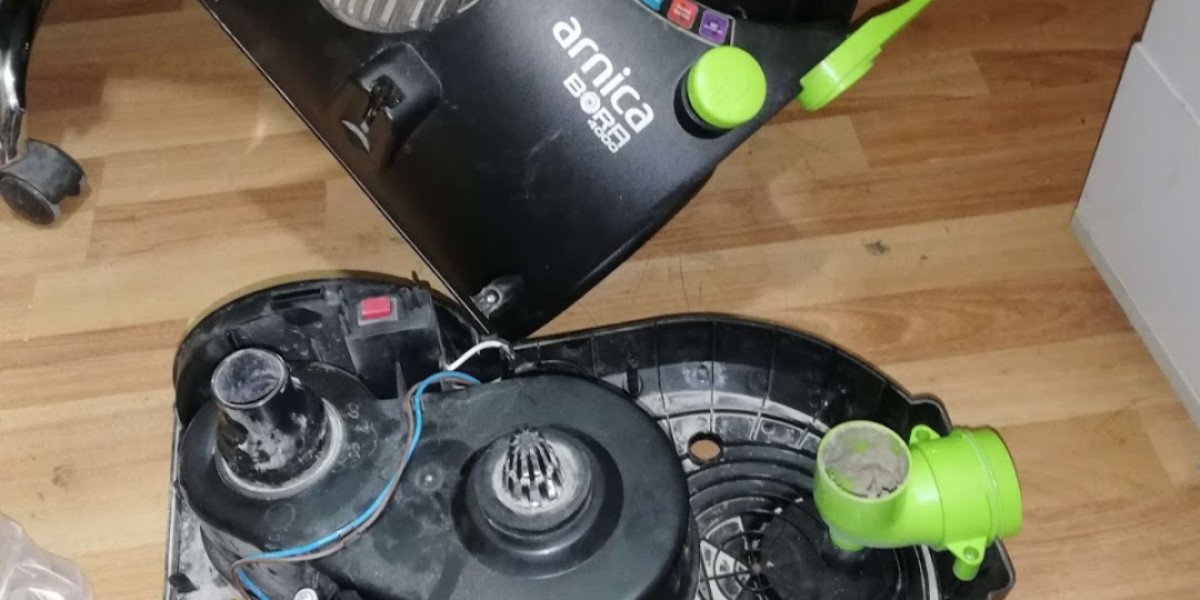Moving can be an exciting new chapter—but between boxes, logistics, and stress, one of the most overlooked aspects is managing your utilities. Overlapping utility services can lead to wasted money, while disconnecting too early might leave you without water, electricity, or internet when you still need them. On the flip side, arriving at your new place without active services can be just as frustrating.
So how do you handle utilities when moving out and moving in without paying twice—or worse, sitting in the dark? Here’s a step-by-step guide to transitioning your services smoothly and cost-effectively.
Why Timing Matters
Utility services are typically billed in cycles and based on usage, which means not planning your shut-off and activation dates strategically could result in:
Double charges for utilities at both locations
Early termination fees from providers
Service gaps that disrupt your move
Unexpected security deposits for reactivation
By coordinating the transition carefully, you can ensure a seamless move, minimize stress, and potentially save money.
Make a Utilities Checklist
Before you make any calls or cancel anything, list out every utility and service tied to your current and future home. This helps you stay organized and prevents anything from slipping through the cracks.
Common utilities to manage:
Electricity
Natural gas
Water and sewer
Trash and recycling
Internet and cable
Landline phone (if applicable)
Security systems
Homeowners' association (if utilities are included)
Propane or oil (if used in rural areas)
Include provider names, account numbers, and customer service contact info.
Schedule Utility Shut-Off Dates for Your Old Home
You don’t want to pay for services after you’ve left, but cutting off too early can make your final days in the old home unpleasant.
Best practice:
Set utility shut-off for 1–2 days after moving out. This buffer ensures you have access if your moving plans shift or if last-minute cleaning is needed.
Don’t turn off water or electricity while movers are still working. They may need light, climate control, or outlets for equipment.
Be sure to take final meter readings and ask for a final bill. Some providers may even let you submit photos of the readings.
Activate Utilities in Your New Home in Advance
Never wait until moving day to set up utilities in your new place. Some services require a lead time of several business days—especially during peak moving seasons.
Suggested lead time:
Electricity & gas: 1–2 weeks in advance
Water: 7–10 days
Internet: 1–2 weeks (some require technician visits)
Trash/recycling: Check local pickup schedule and set up service at least a week prior
If you’re renting, check with your landlord or property manager—some services may already be included or set up in their name.
Avoid Overlaps with Smart Date Coordination
Let’s say you’re moving on the 15th of the month:
Old home utilities: Set to end on the 16th or 17th
New home utilities: Begin on the 14th or 15th
This one-day buffer ensures you're never without essential services, especially during loading, unloading, and clean-up. If something goes wrong (like a delayed truck or storm), you’ll still have running water and lights in both places.
Transfer or Cancel Services
Depending on where you're moving, some utility providers can transfer your service to the new address, which saves time and may even waive new account fees. For example:
Internet providers like Spectrum or Xfinity often offer transfer programs.
Electricity suppliers may operate in both your old and new zip code.
If a transfer isn’t possible:
Cancel your current account.
Set up a new one with the new provider.
Keep documentation of cancellations to avoid surprise bills.
Also, don’t forget to update your billing address to avoid missed bills or late fees.
Ask About Final Balances, Deposits, and Refunds
Some companies may require a security deposit to open a new account—especially if you have a limited payment history in a new city or state.
Things to check:
Will your deposit transfer to the new address?
Are you eligible for a deposit refund after 12 months of on-time payments?
Will you get a prorated final bill if you move mid-cycle?
Utility companies don’t always make these terms obvious, so ask directly.

Update Auto-Pay and Linked Bank Accounts
Once your accounts are set up (or closed), go back and update or cancel auto-pay settings through your bank or service portal.
This step helps prevent:
Charges on old accounts you forgot to close
Missed payments on newly activated services
Duplicate payments if a new account was opened in error
Also, keep a record of all confirmation emails or receipts.
Notify Relevant Parties About Utility Changes
Finally, inform any other people or services who need to know you’re moving.
Your landlord or property manager
HOA (Homeowners Association)
Subscription services (newspapers, lawn care, pest control)
Home security monitoring companies
Insurance companies (home, renters, auto)
Failing to update contact info with utility providers could lead to missed bills or even service interruptions.
Pro Tips for Smooth Utility Management
Do a walkthrough with all utilities active. This ensures you catch leaks, wiring issues, or appliance malfunctions before settling in.
Photograph meter readings on move-out and move-in days. These images can help resolve billing disputes.
Label circuit breakers and shut-off valves. Especially useful in emergencies or when setting up smart devices later.
Download apps for each utility provider. Managing accounts, tracking usage, and reporting issues becomes much easier.
Final Thoughts
Utility management isn’t the most glamorous part of moving—but it’s one of the most essential. The goal is to transition services seamlessly, avoiding lapses in power or water while also preventing extra days of billing you don’t need.
With careful timing, clear communication, and a well-organized checklist, you can move into your new home fully powered, fully connected, and fully in control. No overlap, no overpaying, no unnecessary stress.







